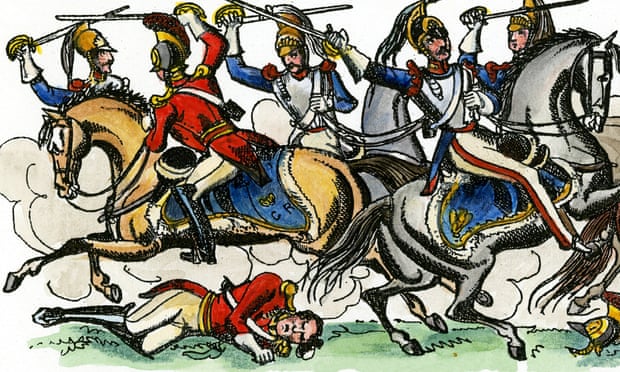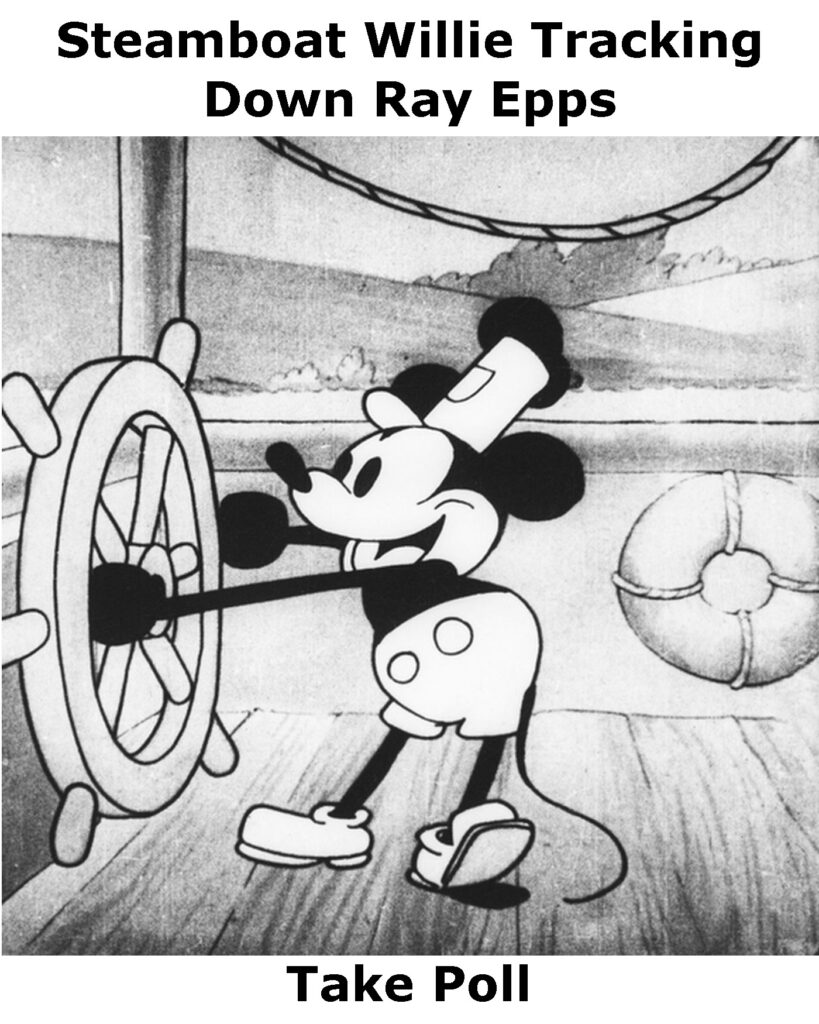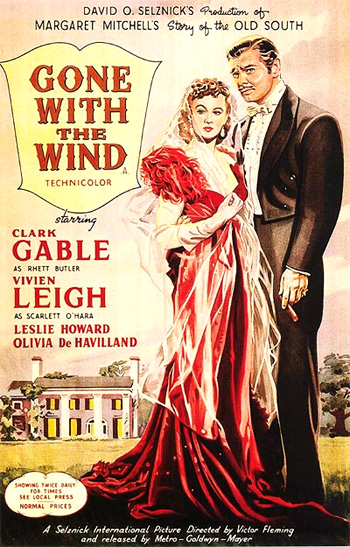When Napoleon’s defeat was retold at Philip Astley’s Amphitheatre in 1824 – complete with handsome equine stars, orchestra and explosions – it dazzled audiences and set the pattern for military drama.

Philip Astley really knew about horses. He’d been a sergeant major with the Light Dragoons, teaching animals and cavalrymen “evolutions” – drill – so they could manoeuvre the many hooves and massive tonnages of horseflesh that 18th-century armies used to haul cannon and supplies – and to attack, mounted, with a kinetic whump of speed. He opened a riding school in the south London fields of Lambeth, then went into showbiz, erecting a performing space south of Westminster Bridge, slowly building it up into Astley’s Amphitheatre, with a very wide proscenium arch stage behind what we’d recognise as a circus ring of fresh pale sawdust.
Astley returned to the army as a horsemaster at the outbreak of the wars with France in 1793, and until his death in 1814, sent back updates on cavalry warfare, and ideas for equine scenes, including a hunt with a real fox. The amphitheatre put on acrobats and strongmen circus-style as acts, but during the Napoleonic wars, the big draws began to be “spectaculars” – scripted shows where the action was integrated into a plot, many borrowing their glamour, and sometimes personnel, from military display: its uniforms and band-music, the noise, smell and smoke of gunpowder, and, of course, those horses.
[…]















